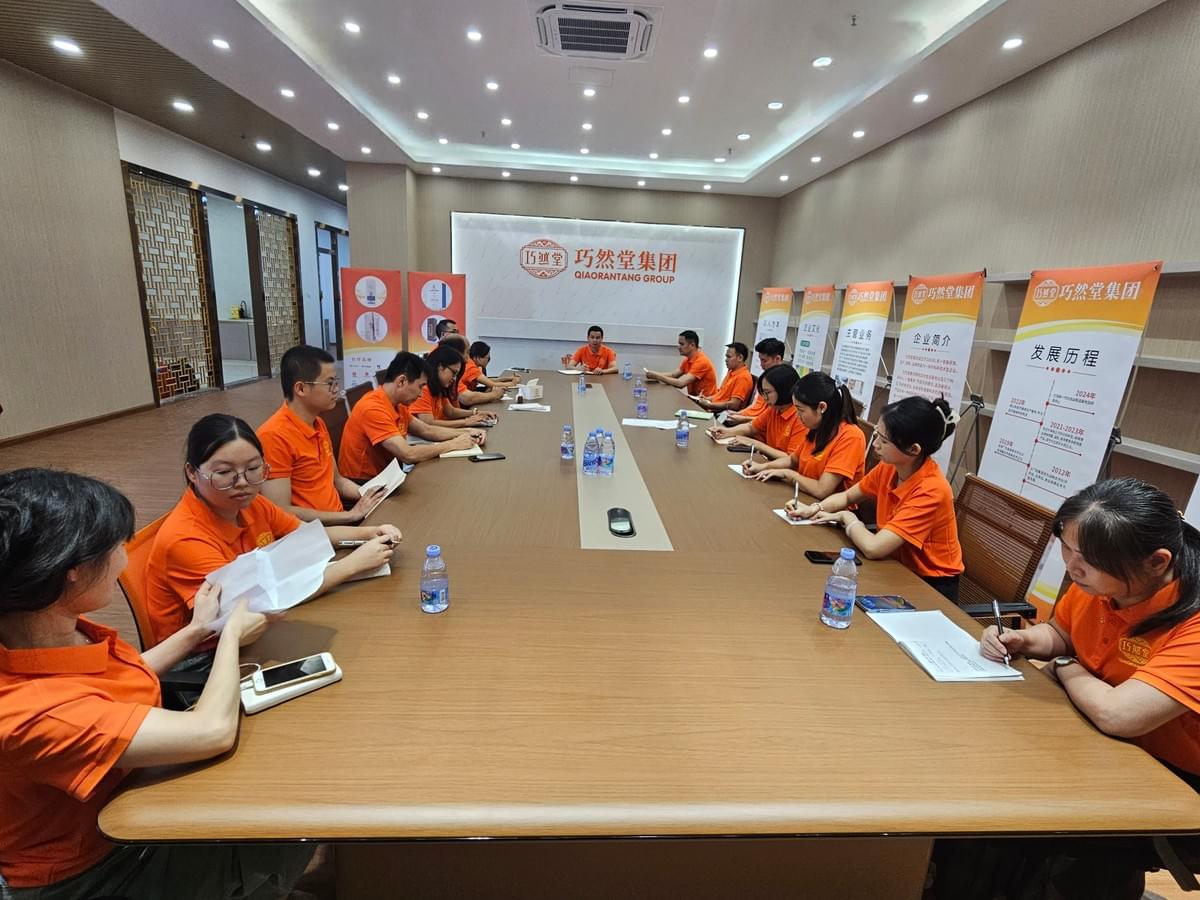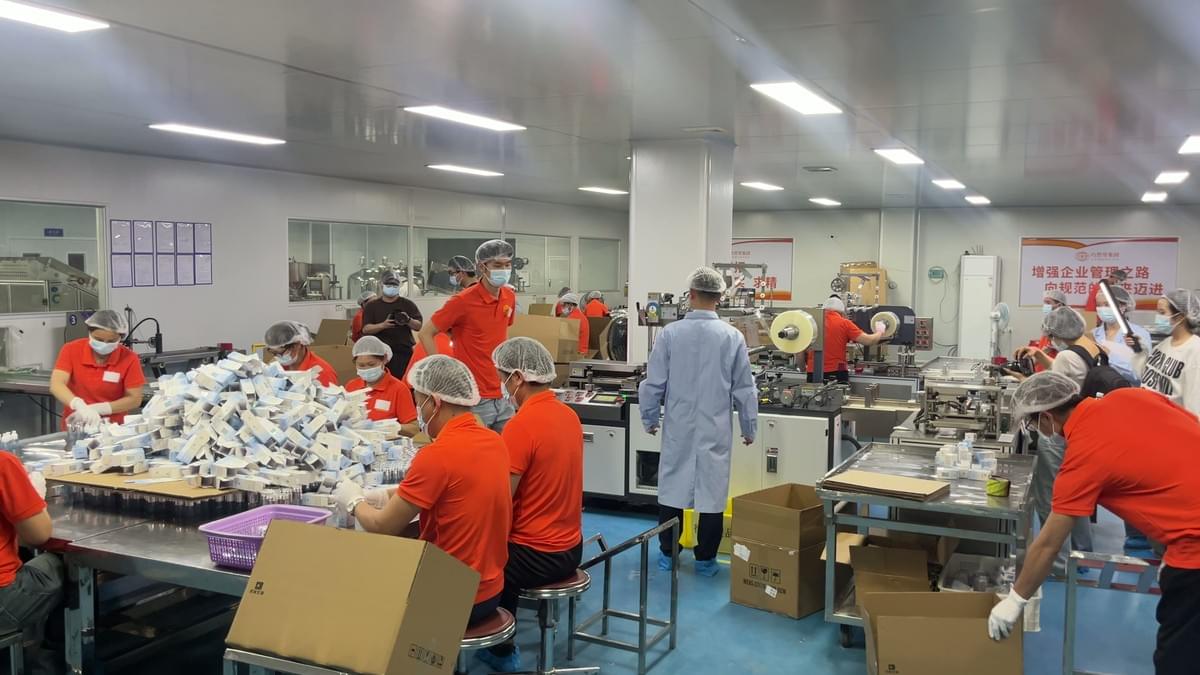# How to Choose a Reliable and Stable Cosmetics Factory
In today's fiercely competitive beauty market, finding a reliable and stable cosmetics factory is crucial for both emerging brands and established companies looking to expand their product lines. For many brands, choosing a professional cosmetics OEM partner means ensuring product safety, effectiveness, and market competitiveness. This article will provide an in-depth analysis from multiple perspectives to help business owners and entrepreneurs understand how to scientifically identify and select the right cosmetics manufacturing partner.

## 1. Why Choosing the Right Cosmetics Factory is Crucial
A cosmetics factory is more than just a place where products are manufactured; it's the cornerstone of brand quality. An experienced cosmetics OEM partner can provide R&D support, formula optimization, regulatory compliance, and mass production capabilities.
* Brand Trust: A stable cosmetics factory ensures consistent quality from batch to batch, avoiding market complaints.
* R&D and Innovation: A strong cosmetics OEM department typically has a laboratory and a dedicated R&D team, enabling rapid response to market trends. **Cost and Efficiency**: Large-scale **cosmetics factories** can reduce costs and increase delivery speeds by optimizing production processes.
---
## II. Key Dimensions for Assessing the Strength of a Cosmetics Factory
### 1. Qualifications and Certifications
When selecting a **cosmetics factory**, first consider whether it possesses the necessary qualifications and certifications, such as:
* GMP (Good Manufacturing Practice)
* ISO quality management system
* FDA or relevant EU certifications
These certifications directly reflect the production standards and international competitiveness of the **cosmetics OEM** factory.
### 2. R&D Capabilities
A high-quality **cosmetics factory** must have its own R&D laboratory and team of formulators. **Cosmetics OEM** factories with strong R&D capabilities can provide differentiated solutions tailored to brand needs, thereby establishing a distinct advantage in the market.
### 3. Production Scale and Level of Automation
Modern **cosmetics factories** equipped with automated equipment can improve production efficiency and reduce human error. Larger cosmetics OEM factories also have the ability to flexibly adjust production capacity, accommodating both small-batch customization and large-volume shipments.
### 4. Raw Materials and Supply Chain
A stable cosmetics factory must have a rigorous raw material screening system and maintain long-term partnerships with high-quality suppliers. A professional cosmetics OEM partner will test all raw materials to ensure safety, environmental friendliness, and compliance with international regulations.
### 5. Quality Control and Traceability
High-quality cosmetics factories typically have a full-process quality traceability system, providing testing data at every step, from raw material storage to finished product shipment. This cosmetics OEM model allows brands to confidently approach the market and consumers.

## III. Different Types of Cosmetics OEM Models
### 1. Original Equipment Manufacturer (ODM)
Many cosmetics factories provide existing formulas and packaging solutions; brands simply select and add their own branding. This cosmetics OEM model is suitable for startups, offering a low barrier to entry and a short turnaround time.
### 2. Custom Manufacturing (OEM)
Brands specify their formulation requirements based on their positioning, and a cosmetics factory provides R&D and production services. This cosmetics OEM model offers high flexibility, allowing for the creation of customized formulas and packaging.
### 3. Comprehensive Solutions
Some large cosmetics factories not only offer cosmetics OEM services but also provide one-stop services from market research, product planning, design, and production, making them more suitable for mid- to large-sized brands.
--
## 4. Practical Steps for Selecting a Cosmetics Factory
1. **Preliminary Research**: Screen potential cosmetics factories through industry exhibitions, Google searches, and supplier platforms.
2. **Qualification Review**: Confirm the certification and legality of the cosmetics OEM factory.
3. **Sample Testing**: Request samples from the factory to test the formula's effectiveness, texture, and safety.
4. **Factory Inspection**: Visit the cosmetics factory's production line and laboratory to observe whether its processes are standardized. 5. **Contract Signing**: Clarify the **Cosmetics OEM**'s responsibilities before collaboration, including delivery dates, quality standards, and after-sales support.
--
## V. Industry Trends and Future Outlook
In the future, **Cosmetics factories** will move towards intelligent, green, and personalized development:
* **Intelligent**: More **Cosmetics OEM** factories will introduce AI-powered testing and automated equipment to improve production precision.
* **Green and Environmentally Friendly**: Environmental regulations are driving **Cosmetics factories** to use sustainable raw materials and eco-friendly packaging.
* **Personalized Customization**: Market demand is driving **Cosmetics OEM** toward small batches and personalized production to meet the needs of different demographics.
--
## VI. Summary
Choosing the right **Cosmetics Factory** is no small matter; it determines the long-term development and market reputation of your brand. By examining its qualifications, R&D capabilities, production scale, supply chain, and quality systems, companies can find a truly stable and reliable **Cosmetics OEM** partner.
For beauty brands starting up or expanding, partnering with a professional cosmetics factory means lowering risk, accelerating market entry, and maintaining a long-term competitive advantage. Ultimately, choosing the right cosmetics OEM will open the door to global success.
